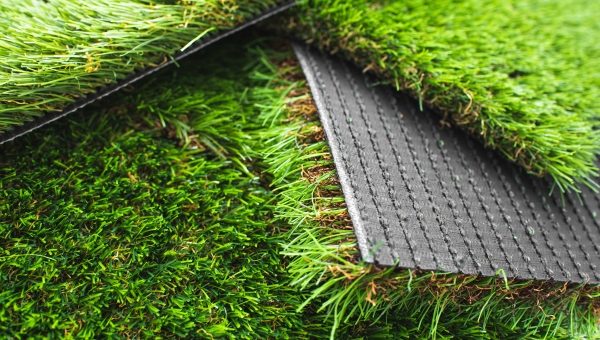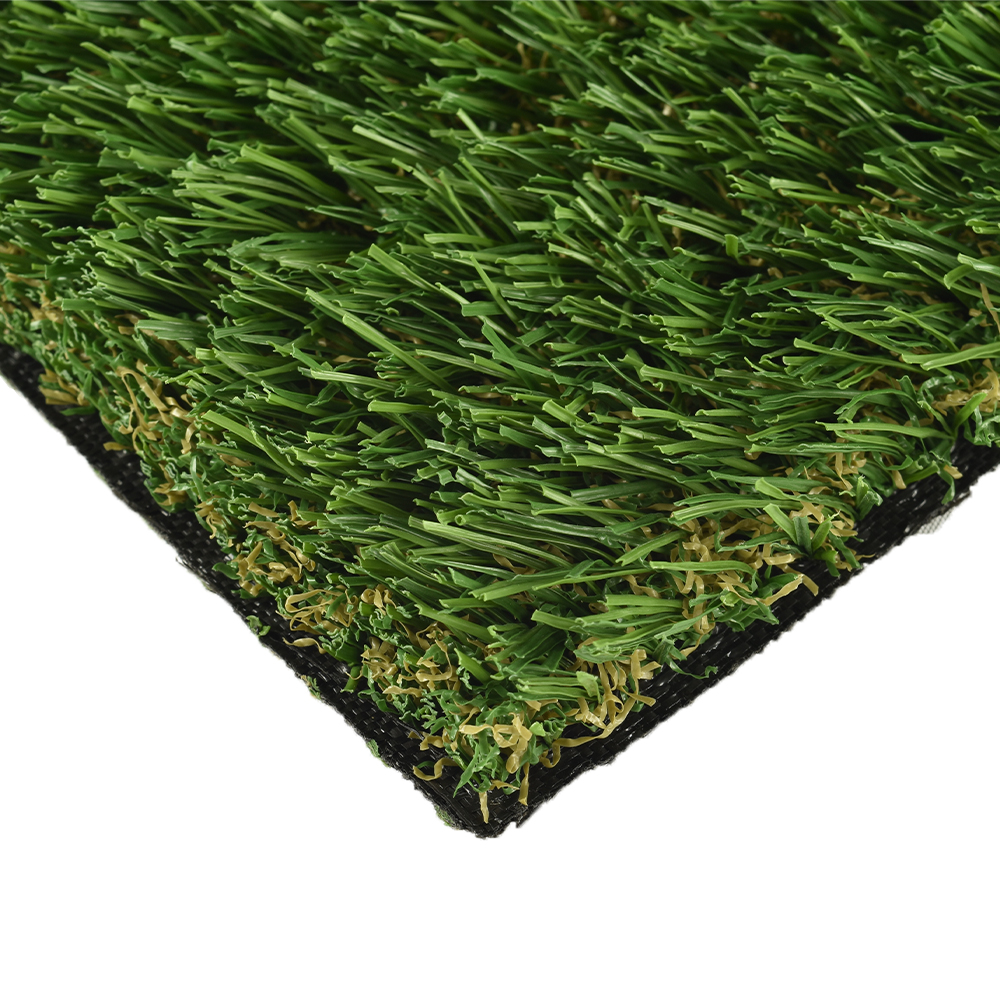Find Reliable Artificial Turf Companies Phoenix for Your Outdoor Needs
Find Reliable Artificial Turf Companies Phoenix for Your Outdoor Needs
Blog Article
Delve Into the Environmental Benefits of Opting for Synthetic Grass Solutions
The fostering of synthetic grass services presents a compelling possibility to deal with pushing environmental difficulties. By dramatically decreasing water use and reducing the application of harmful chemicals, these alternatives not just promote sustainable landscaping yet also secure neighborhood communities.
Water Preservation Benefits
One of the most significant benefits of artificial grass is its capacity to conserve water. In contrast, fabricated turf does not need watering, dramatically decreasing the total demand for water resources.
By getting rid of the demand for regular watering, synthetic grass adds to sustainable landscape techniques and assists alleviate the environmental influence of extreme water consumption. Moreover, the preservation of water includes the reduction of overflow, which can cause soil disintegration and river contamination.
In addition, the setup of synthetic grass enables house owners and districts to allot water resources much more successfully, focusing on important uses such as alcohol consumption water and agriculture. The shift towards man-made grass not only advertises responsible water use yet likewise lines up with more comprehensive environmental goals focused on protecting natural deposits.
As neighborhoods increasingly prioritize sustainability, the water conservation advantages of synthetic lawn offer a compelling instance for its adoption in residential and industrial landscaping projects.
Lowered Chemical Use
The shift to synthetic grass substantially decreases the dependence on chemical therapies generally used in natural lawn upkeep. Typical turf administration normally involves the application of herbicides, fertilizers, and pesticides to promote growth and control insects. These chemicals can pose risks to human wellness, local wild animals, and the atmosphere, adding to dirt and water contamination.
On the other hand, man-made grass eliminates the need for these harmful materials. Once installed, it requires very little maintenance, primarily consisting of regular cleansing and irregular infill replenishment. This reduction in chemical use not just benefits the immediate setting however also adds to wider environmental stability. By decreasing the launch of artificial substances right into the environment, synthetic grass advertises much healthier dirt and water supply.
Additionally, the lack of chemical overflow related to fabricated grass installments helps shield local rivers from contamination, supporting aquatic life and preserving biodiversity. Artificial turf companies phoenix. As areas increasingly focus on lasting methods, opting for synthetic grass presents a practical option that lines up with environmental conservation objectives. Through this shift, property proprietors can appreciate rich eco-friendly rooms without endangering environmental wellness, leading the way for a more sustainable future
Reduced Carbon Footprint

Furthermore, the setup of fabricated grass can result in considerable water preservation. All-natural lawns call for considerable amounts of water for watering, which not just includes in the carbon footprint connected with water removal and therapy but likewise pressures local water sources. In contrast, synthetic grass needs minimal upkeep, requiring no watering, thus dramatically reducing water usage and its connected power expenses.
Furthermore, the durability of synthetic grass contributes to its decreased carbon effect. With a life expectancy of approximately 15 years or even more, the demand for constant substitutes is diminished, resulting in less waste and lower power intake in production and getting rid of standard turf choices. On the whole, artificial lawn offers a sustainable choice for ecologically mindful landscaping.
Environment Preservation
Habitat preservation is a vital consideration in the discussion over landscaping selections, specifically when comparing synthetic grass to all-natural turf. Natural turf lawns frequently need comprehensive upkeep, consisting of making use of plant foods, herbicides, and pesticides, which can adversely influence neighborhood ecosystems. These chemicals can seep into the dirt and waterways, damaging native vegetation and fauna and interfering with neighborhood habitats.
Fabricated turf eliminates the need for hazardous chemicals, consequently shielding neighboring wild animals and maintaining the stability of surrounding environments. The setup of man-made turf can lead to the conversion of former grass locations right into more biodiverse landscapes, such as pollinator yards or indigenous plant areas, which can support local wild animals.
Inevitably, the change to fabricated turf not only conserves water and reduces upkeep efforts but also cultivates a much more harmonious connection in between human activities and the natural surroundings, promoting habitat conservation while doing so.
Long-Term Sustainability
Long-term sustainability is an essential consider examining the advantages of synthetic grass over typical yard yards. One of one of the most considerable advantages of synthetic grass is its durability; it can last up to 15-20 years with a fantastic read minimal maintenance, whereas all-natural turf needs constant reseeding and replacement. This longevity minimizes the demand for continuous sources, such as water, fertilizers, and chemicals, which are crucial for keeping a healthy turf yard.
In addition, fabricated turf adds to a reduction in carbon discharges connected with grass care devices. Traditional yards typically call for gas-powered mowers, trimmers, and blowers, every one of which add to air contamination. Arizona artificial turf. In comparison, synthetic grass eliminates the need for such devices, advertising a cleaner atmosphere
Moreover, the production of synthetic grass significantly utilizes recycled materials, enhancing its sustainability account. As manufacturers adopt green practices, the environmental impact of synthetic grass remains to decrease.

Conclusion
The fostering of synthetic grass options offers significant ecological benefits, consisting of substantial water conservation, decreased reliance on dangerous chemicals, and a reduced carbon footprint. Additionally, synthetic grass aids in maintaining natural habitats by minimizing land disruption and advertising lasting sustainability via using sturdy products. Jointly, these aspects highlight the potential of fabricated turf to add favorably to environmental wellness and supply a sensible choice to conventional landscape design methods in a significantly resource-conscious globe.
In contrast, fabricated grass does not need watering, dramatically lowering the general need for water resources. By lessening the release of artificial compounds right into the community, artificial lawn promotes much healthier soil and water systems.
Moreover, the setup of synthetic lawn can result in substantial water preservation. In comparison, man-made grass needs marginal upkeep, requiring no watering, thus considerably decreasing water usage and its associated this page energy prices.

Report this page